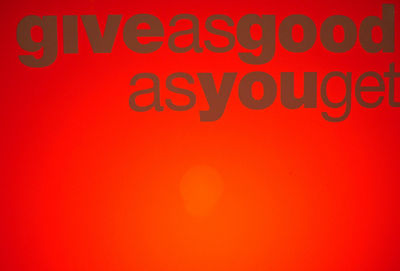Accessibility
| OER Handbook for Educators - Find OER | |
|---|---|
| Find OER | Find Your Own Resources | Search Engines | General Repositories | Science Repositories | Social Science Repositories | Humanities Repositories | Open Textbooks | Individual Project Sites | File Formats | Accessibility | Perspectives |
| Accessibility Topics | |
|---|---|
| Finding OER | Adapting OER | Using OER | Sharing OER | |
When searching for OER, it is also important to keep accessibility in mind. Wikipedia defines accessibility as follows:
Accessibility is a general term used to describe the degree to which a product (e.g., device, service, environment) is accessible by as many people as possible. Accessibility can be viewed as the "ability to access" the functionality, and possible benefit, of some system or entity. Accessibility is often used to focus on people with disabilities and their right of access to entities, often through use of assistive technology. Several definitions of accessibility refer directly to access-based individual rights laws and regulations. Products or services designed to meet these regulations are often termed Easy Access or Accessible ("Accessibility," 2008).
The W3C's Web Accessibility Initiative(WAI) speaks more specifically about accessibility online:
Web accessibility means that people with disabilities can use the Web. More specifically, Web accessibility means that people with disabilities can perceive, understand, navigate, and interact with the Web, and that they can contribute to the Web. Web accessibility also benefits others, including older people with changing abilities due to aging (WAI, 2005).
Some material may be better suited for accommodating persons with disabilities better than others. For example, videos with captions (like those on the website DotSub[1]) are preferable to those that do not include captions. Some persons with disabilities have low-vision or colorblindness, making low-contrast images difficult for them to interpret fully. Text sizes should also be kept above a 10pt size, and all images and videos should be large enough to be plainly visible. If you are making an OER that is strictly audio, an accompanying transcript should be provided for the hearing-impaired.
File types also play a role in accessibility. For example, it is easier to add captions to a MOV file than a WMV or SWF file, although there are programs that allow conversion between the different file formats. Because there are so many different combinations of file formats and accessibility situations, it is impossible to give definitive guidelines regarding each format. If you have reason to believe that a file format might have accessibility issues, use a search engine to find more information. You can also perform a preliminary test with a person who has the disability to determine how well the resource works.
Subsequent sections of this handbook will show you how to create an OER with accessibility features. For general information about making online resources (including OERs) accessible, see the WAI's Implementation Plan for Web Accessibility[2] and the Web Content Accessibility Guidelines (WCAG) Overview[3].
Notes
- ↑ http://www.dotsub.com/
- ↑ http://www.w3.org/WAI/impl/Overview
- ↑ http://www.w3.org/WAI/intro/wcag.php
Sources
Accessibility. (2008, February 15). In Wikipedia, the free encyclopedia. Retrieved May 20, 2008, from http://en.wikipedia.org/wiki/Accessibility
WAI. (Last Updated 2005, October 25). Introduction to Web Accessibility. Retrieved May 20, 2008, from http://www.w3.org/WAI/intro/accessibility.php
